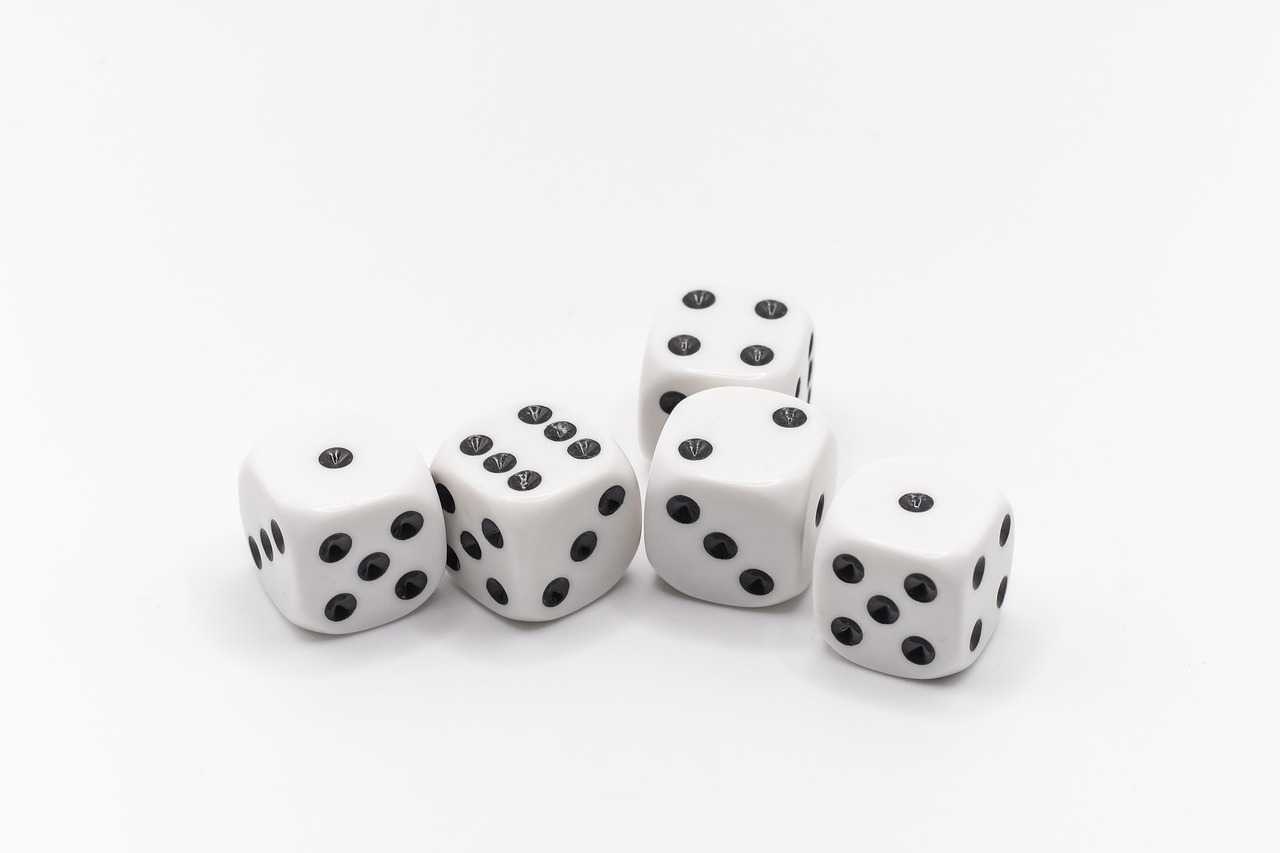What Size Puzzle for 8YearOld
When choosing the right puzzle for an 8yearold, it is crucial to consider the complexity and size of the puzzle. A puzzle that is too simple may bore the child, while one that is too challenging can lead to frustration. So, what size puzzle for 8yearold would be ideal? Let’s delve into this puzzlesolving conundrum!
Factors to Consider
When determining the size of the puzzle for an 8yearold, several factors should be taken into account. Here are some key considerations to keep in mind:
Complexity Level: Choose a puzzle with a complexity level that matches the child’s cognitive development. For an 8yearold, puzzles with 100 to 300 pieces are generally suitable.
Interest and Theme: Consider the child’s interests and hobbies when selecting a puzzle. Whether they are fascinated by animals, space, or famous landmarks, choosing a puzzle that aligns with their preferences can make the experience more enjoyable.
Fine Motor Skills: Assess the child’s fine motor skills to determine if they can handle smaller puzzle pieces effectively. Opt for larger pieces if the child struggles with dexterity challenges.
Ideal Puzzle Sizes for 8YearOlds
Based on the factors mentioned above, the following puzzle sizes are recommended for 8yearolds:
100Piece Puzzles: Ideal for beginners or children who are new to puzzling. These puzzles provide a moderate challenge while still being manageable for most 8yearolds.
200Piece Puzzles: A step up in difficulty, 200piece puzzles offer a more intricate design and can keep 8yearolds engaged for longer periods.
300Piece Puzzles: For children who enjoy a challenge and have strong problemsolving skills, 300piece puzzles can provide hours of entertainment and satisfaction upon completion.
Benefits of Puzzlesolving for 8YearOlds
Engaging in puzzlesolving activities offers numerous benefits for 8yearolds, including:
Cognitive Development: Puzzles help enhance problemsolving skills, logical reasoning, and spatial awareness in children.
Critical Thinking: By figuring out how different pieces fit together, children can improve their critical thinking and analytical skills.
Patience and Persistence: Completing a puzzle requires patience and persistence, teaching children the value of perseverance and the satisfaction of achieving a goal.
Final Thoughts
In conclusion, when determining what size puzzle for 8yearold children, it is essential to strike a balance between challenge and enjoyment. Choosing a puzzle that aligns with the child’s interests, cognitive abilities, and fine motor skills can result in a rewarding and enriching puzzling experience. So, the next time you’re pondering over the perfect puzzle for an 8yearold, remember to consider the size, complexity, and theme to make it a truly captivating adventure in problemsolving and fun!



